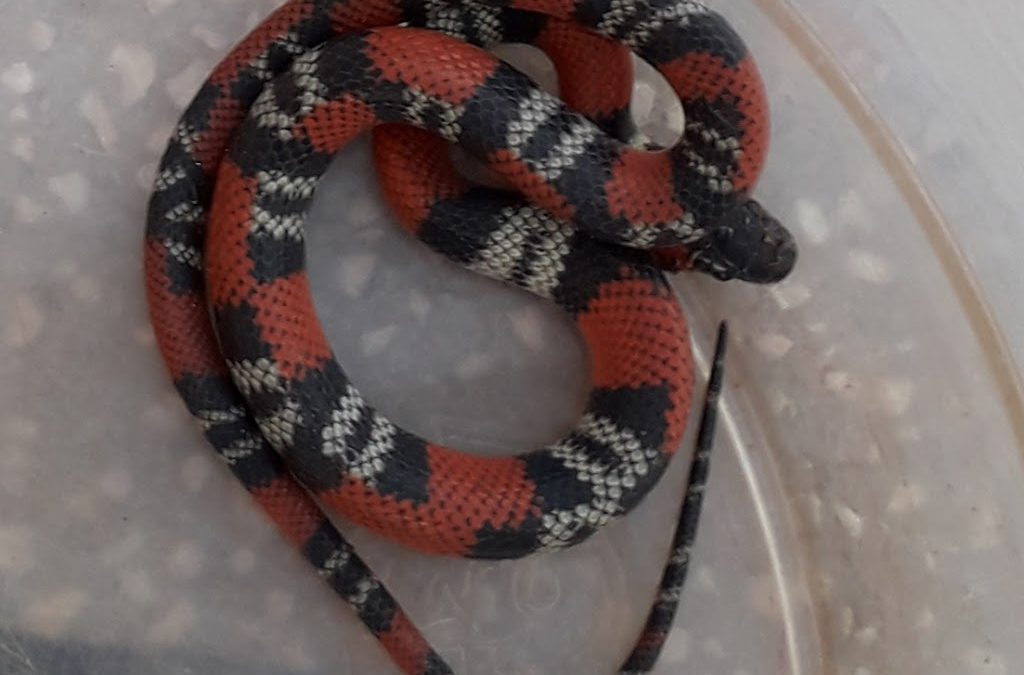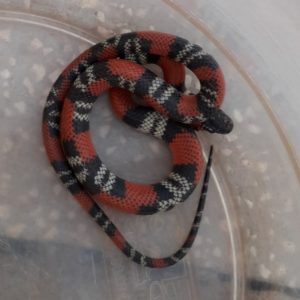In nature there are many things which have learnt to improve their chances of survival by pretending to be something they are not.
This deception may take the form of camouflage. An insect disguised as a leaf or a caterpillar that looks like a bird dropping. This may be enough to keep predators at bay, but such a passive deception can only be effective as long as the creature remains motionless. A hungry bird will soon spot a leaf that appears to be walking across a tree.
Others have taken to mimicing the appearence of larger or more dangerous creatures in order to keep would be predators at bay.
Black and yellow stripes announce that the insect in question has no need for concealment for it is armed with a sting painful enough to see off any would be attacker.
The significance of this colouring has not gone unnoticed by other insects that lack the armoury of bees and wasps. Hoverflies for example use the same colouration so that they may go about their daily lives unmolested by potential predators.
Elsewhere a similar tactic is employed by some butterflies and moths who use circular patterns on their wings to represent the eyes of something much larger than themselves. Once more to make predators think twice before approaching a potential meal.
The same deceptions are also used at times by snakes. Often to make a harmless creature appear to be a lethal one.
One of the most common highly venomous snakes found throughout Southern and Central America is the coral snake.
It is a very distictive snake banded brightly in black, red and yellow and throughout it’s range these colours have been adopted by a whole host of other snakes know as false coral snakes whos venom ranges from mild to no existant. All taking advantage of the unmistakable colouration of the true coral snakes.
Each area and enviroment has it’s own slightly different false coral snake. In some areas the true coral snakes dominate elsewhere the majority of the snakes found are false corals.
Here in Paraguay whilst there are true coral snakes along with numerous other poisonous snakes to be found it is a species of false coral that is the most commonly seen.
This is partly due to is liking for making a home for itself in barns and outbuildings where the small creatures that are it’s prey are liable to be found.
This snake unfortunatly has not aquired a common name and so just has the scientific one of Oxyrhopus Guibei and to humans it is quite harmless.
However it’s mimicry of a true coral snake is so good that any local spotting one would consider it a highly dangerous animal that must be destroyed before it kills someone.
No explanation of the difference in the positioning of the various coloured bands would ever persuade them otherwise.
So it is then that the colour scheme adopted by a harmless snake to gain protection from predators has bought it to the attention of the most lethal predator on the planet.



Recent Comments